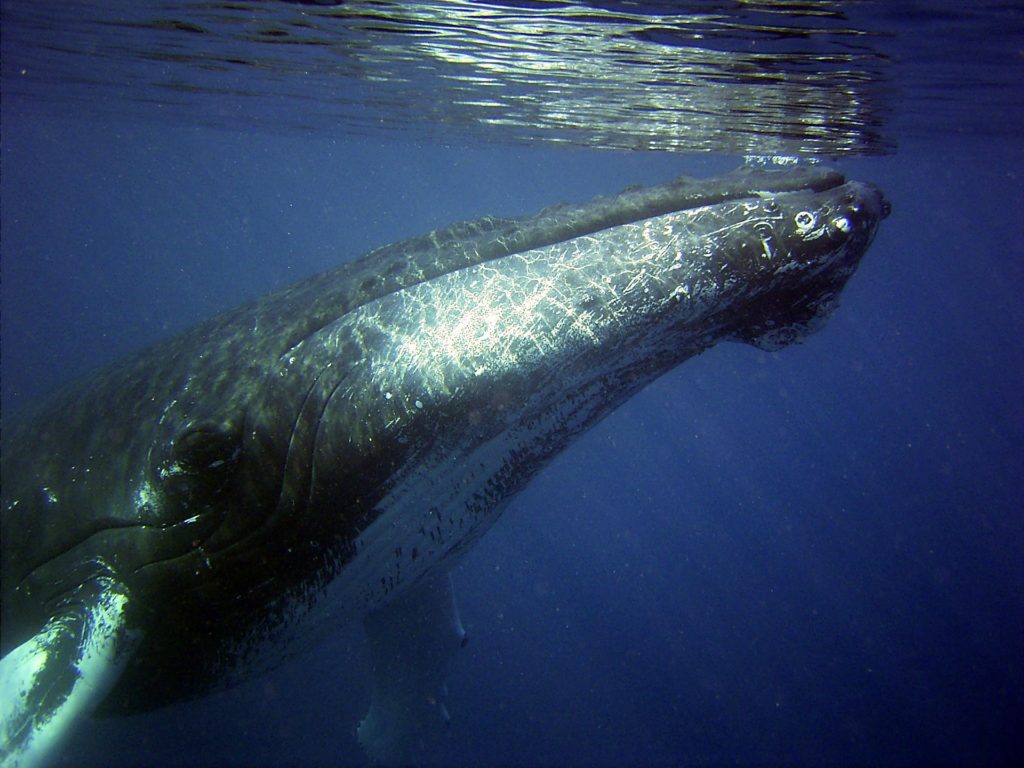How the Prince Albert II Foundation is tackling noise pollution

Noise pollution is a considerable, but often disregarded threat to Mediterranean sea life. As ever invested in the environment, The Prince Albert II of Monaco Foundation supports research on the impact that sound has on Mediterranean biodiversity.
Some of them are bioacoustics scientists, computer scientists or engineers, others are explorers, NGO CEOs, or members of the military. Armed with hydrophones, they dive into the waters of the Mediterranean to listen to the sound of sea life. Once they are back on land, they campaign to raise public awareness about the dangers that noise pollution poses to marine species. “The sounds catch sea animals by surprise. Scared by the sound, the animal panics and tries to flee, which causes decompression-type accidents,” explains Maÿlis Salivasr, program manager at ACCOBAMS.
Collecting the sound of the Mediterranean
The impact of noise pollution depends on the power and the frequency of the sound. In order to take stock of the situation, two 17 and 22-meter nautical drones designed by Sea Proven, a naval engineering company, traveled for six months in the French Mediterranean. The oceanographic mission, called Sphyrna Odyssey, was financed by the Prince Albert II of Monaco Foundation.
The expedition found that world maritime traffic, which the sound produced by 1500 ships over 300 tonnes and 1161 ports, accounts for 30% of noise pollution. To that are added the world’s 830 seismic exploration zones which in 2013 concerned up to 27% of the Mediterranean. Lockdown has therefore been a well-deserved break for Mediterranean sea life.










